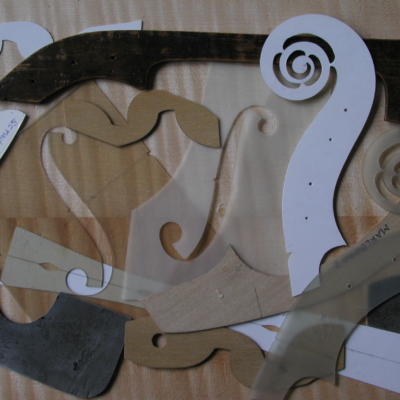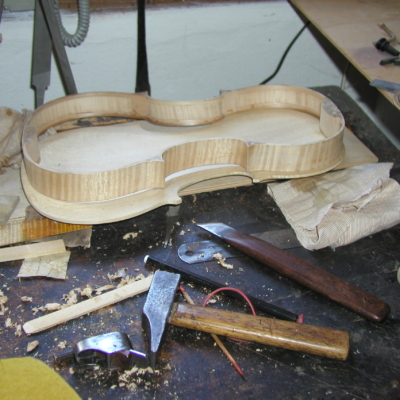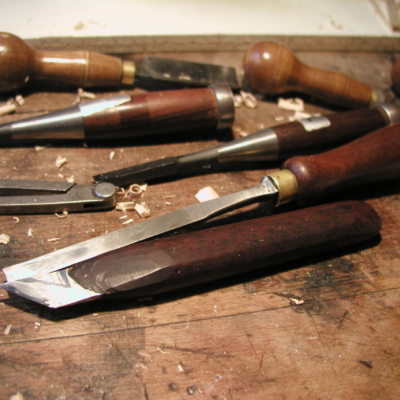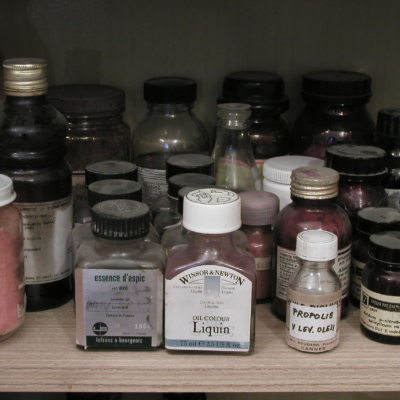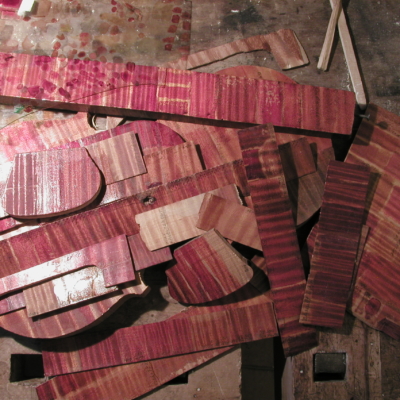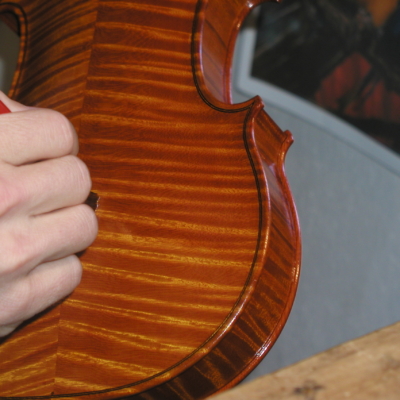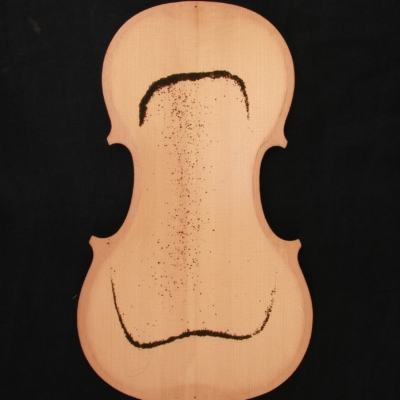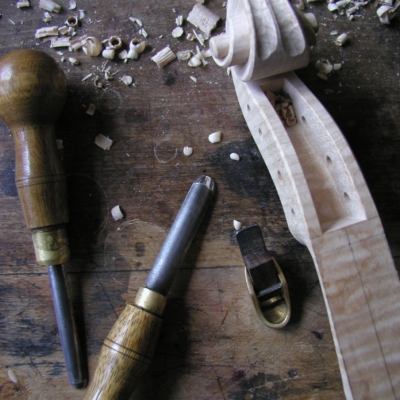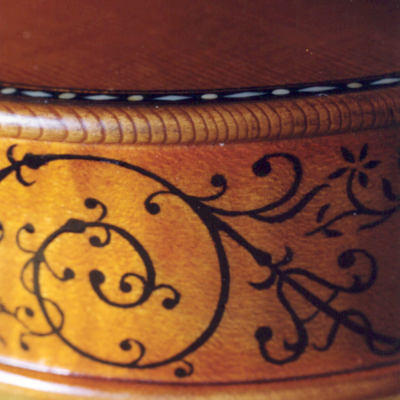Violin making


A Family Tradition Spanning Five Generations
What is it that makes Stradivari’s instruments remain unrivaled, even after several centuries? How is it that this phenomenon has yet to be surpassed – even in today’s world of precision analysis, 3D scans, and countless technological advancements? And has it truly not been surpassed? These are the questions our predecessors asked, and ones we continue to ask ourselves. The mystery of Stradivari and his contemporaries from the golden age of Cremona remains a constant source of inspiration, challenge, and motivation for us.
Violins possess a remarkable and essential trait: they improve over time. Technically speaking, material fatigue actually enhances them. As the wood becomes worn through vibration, it relaxes slightly, offers less resistance, and resonates more freely. It’s said that a violin has been “played in.” This process cannot be bypassed or artificially replicated. A violin is “played in”- or gently fatigued – in a unique way, depending on which parts are more or less stressed through performance. In short, it must happen through playing. And naturally, a skilled violinist will “play in” an instrument better and faster than a less experienced one.
This process can be encouraged from the start by crafting an instrument to sound excellent right away—often even better than older instruments that may not have been ideally built. We can also use aged wood, which already has superior acoustic properties. Stradivari was not a magician; he was a tireless, intelligent, and determined craftsman. He worked systematically, reflected deeply on his methods, questioned why things were done one way and not another, revised his models, and constantly searched for improvement. That is why he was the best.
We, too, strive to build instruments to the highest standard. We reflect on how they function, and what shapes and influences their sound. We admire the beauty of antique Italian varnishes and attempt to emulate them. But we go beyond that: we consider new possibilities in the evolution of the violin, experimenting with both the model and its individual components. That, too, is a challenge—an endlessly fascinating and rewarding one. Violin making is a lifelong study, an ongoing process of discovery. And that’s what we love about it.


Jungmannova 749/32
110 00, Praha 1
Česká republika

